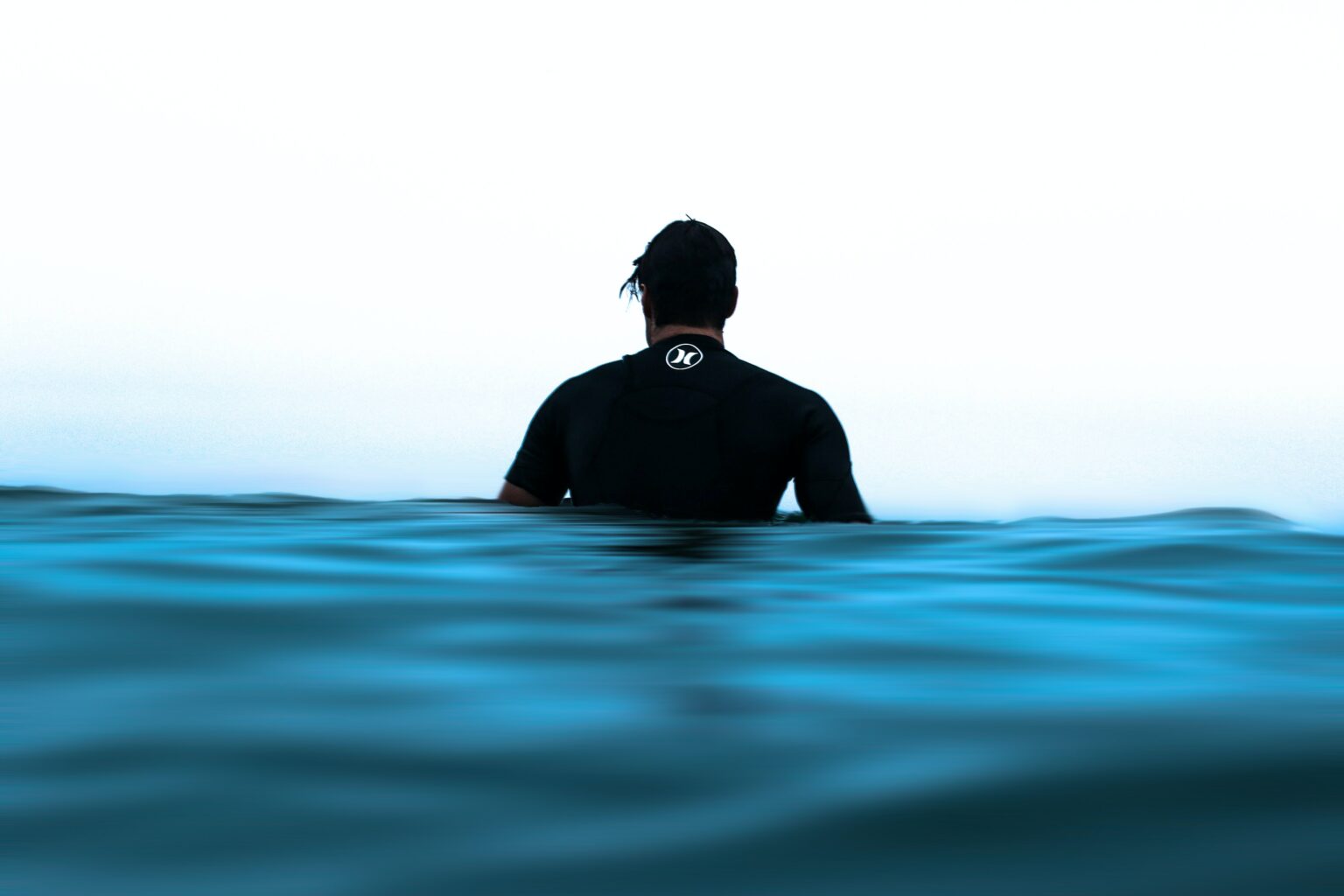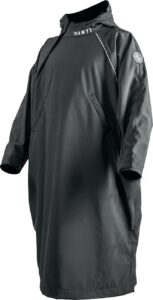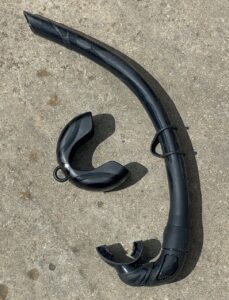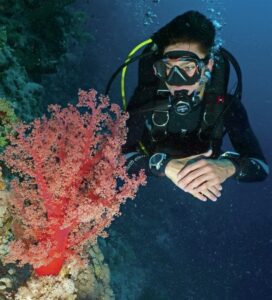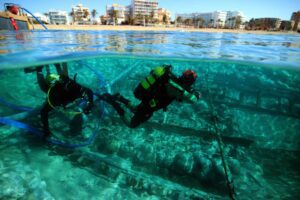In the first in a new series, we have teamed up with scuba.com – your one-stop-shop in North America for dive gear, snorkelling equipment, general watersports kit and much more, with a huge online presence and stores in New York City and Costa Mesa, CA – to present a useful guide to what wetsuit thickness you should be considering depending on the water temperature you are going to be venturing into.
Whether you’re a surfer, kiteboarder, stand-up-paddle boarder, or scuba diver, maintaining a safe and comfortable body temperature is a top priority. Cold water and windchill can be a deadly combination without the right equipment.
If you’re experienced with watersports in colder water, you know that wetsuit thickness, air temperature, and water temperature are all deeply interrelated. To help you find the right wetsuit for your next aquatic adventure, we’ve assembled this helpful wetsuit temperature guide.
Things to remember about wetsuit thickness
Thicker wetsuits protect you from cold water by helping you retain body heat, but the thickest wetsuits can also lead to premature fatigue and loss of dexterity in the water. Finding the right wetsuit for your needs demands considerations for comfort, flexibility, and dexterity in addition to warmth.
The different thickness of neoprene and other materials can provide a variety of benefits, including extra warmth and protection from abrasion.
Accessories also make a big difference. The coldest water requires not just a thick wetsuit but the use of wetsuit boots or booties, wetsuit gloves, and a wetsuit hood to protect your body from head to toe.
Neoprene thickness is measured in millimetres. Many wetsuits show two measurements. The first number represents torso thickness, and the second represents leg and arm thickness. Torso neoprene will generally be thicker than the material used for leg and arm coverage.
Choose different types of wetsuits based on activity
The ideal wetsuit thicknesses vary based not only on water and air temperature, but also on activity. Scuba diving, for example, has different requirements than SUPing because you’re constantly submerged, whereas surfing involves being in and out of the water, so wind is less of a concern than water temp.
Scuba diving wetsuits
| Water Temperature | Scuba Diving Wetsuit Thickness |
| Over 82.4°F / 28°C | A bathing suit or rashguard, or UV protective dive skin are sufficient |
| 77°F – 80.6°F / 25°C-27°C | 2mm shorty wetsuit or 1mm full suit |
| 71.6°F – 75.2°F / 22°C-24°C | 3mm full suit |
| 62.6°F – 69.8°F / 17°C-21°C | 5mm full suit |
| 50°F – 60.8°F / 10°C-16°C | 7mm full suit or 8/7mm semi-drysuit |
| 41°F – 50°F / 5°C-10°C | 8/7mm semi drysuit, or drysuit |
| Under 41°F / 5°C | Drysuit |
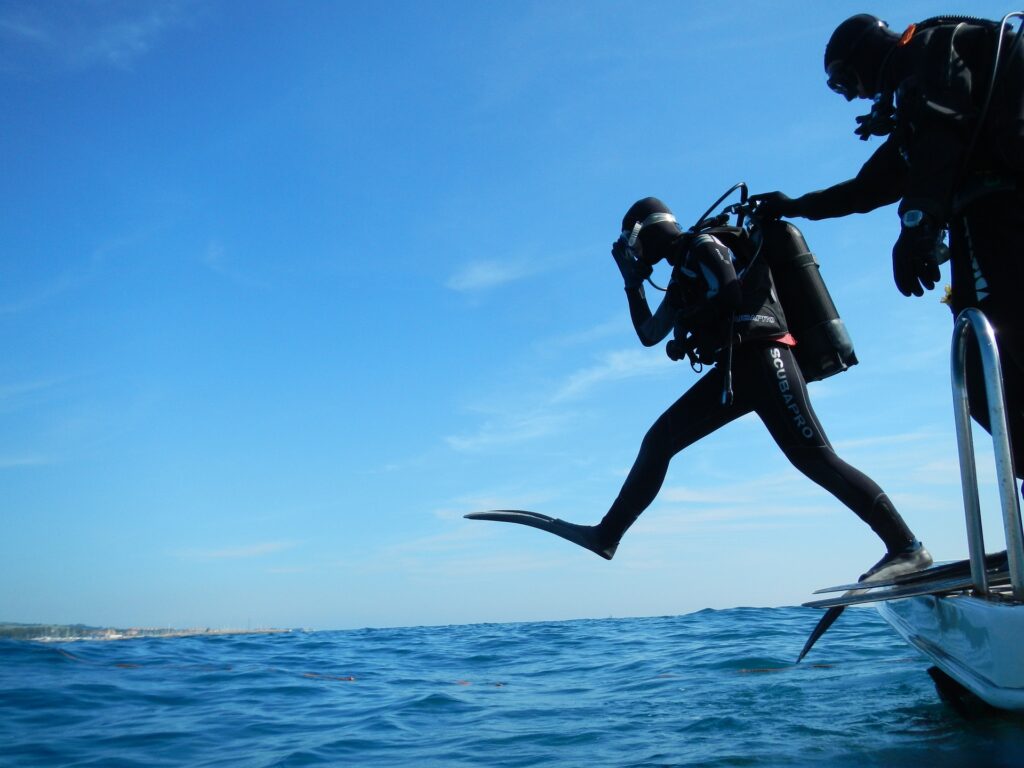
Surfing wetsuits
Depending on air and water temperature, many surfers prefer short sleeve wetsuits over full wetsuits.
| Water Temperature | Surfing Wetsuit Thickness |
| Over 75°F / 23°C | A bathing suit or rashguard are sufficient |
| 71.6°F – 75.2°F / 22°C-24°C | 1mm or 2mm neoprene shirt |
| 66.2°F – 71.6°F / 19°C-22°C | 2mm shorty wetsuit or springsuit |
| 62.6°F – 68°F / 17°C-20°C | 2mm full suit |
| 55.4°F – 65.4°F / 13°C-18.5°C | 2mm full suit or 3/2mm full suit |
| 50°F – 57.2°F / 10°C-14°C | 4/3mm full suit, 3mm booties, 2-3mm gloves, wetsuit hood if desired |
| 46.4°F – 53.6°F / 8°C-12°C | 5/4mm full suit with hood, 5mm booties, 5mm gloves |
| Under 46.4°F / 8°C | 6/5mm or 6/4mm full suit with hood, 7mm booties, 7mm gloves |
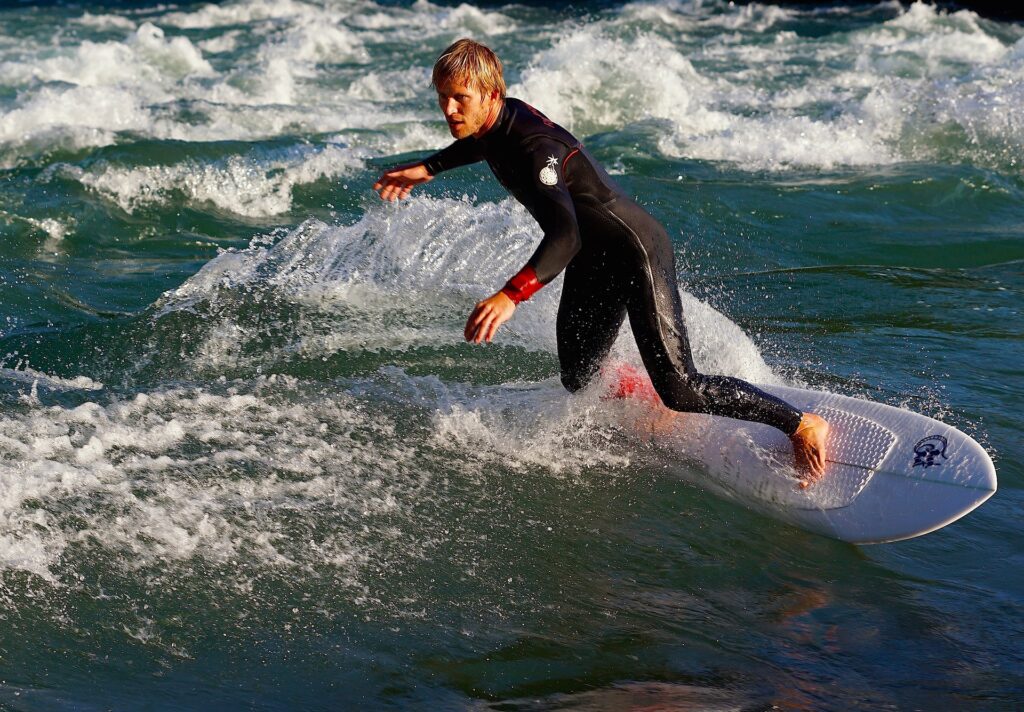
Above the water wetsuits
For watersports like kitesurfing, SUP, and windsurfing, you’ll be above the water’s surface most of the time.
| Water Temperature | Watersports Wetsuit Thickness |
| Over 77°F / 25°C | A bathing suit or rashguard are sufficient |
| 71.6°F – 75.2°F / 22°C-24°C | 2mm neoprene shirt or shorty wetsuit |
| 66.2°F – 73.4°F / 19°C-23°C | 2mm springsuit or 3/2mm full suit |
| 59°F – 68°F / 15°C-20°C | 3/2mm full suit |
| 53.6°F – 59°F / 12°C-15°C | 4/3mm or 5/3mm full suit, 3mm booties, 2-3mm gloves, wetsuit hood if desired |
| 44.6°F – 55.4°F / 7°C-15°C | 5/4mm or 6/4mm full suit with hood, 5mm booties, 5mm gloves |
| Under 46.4°F / 8°C | 6/5mm or 6/4mm full suit with hood, 7mm booties, 7mm gloves |
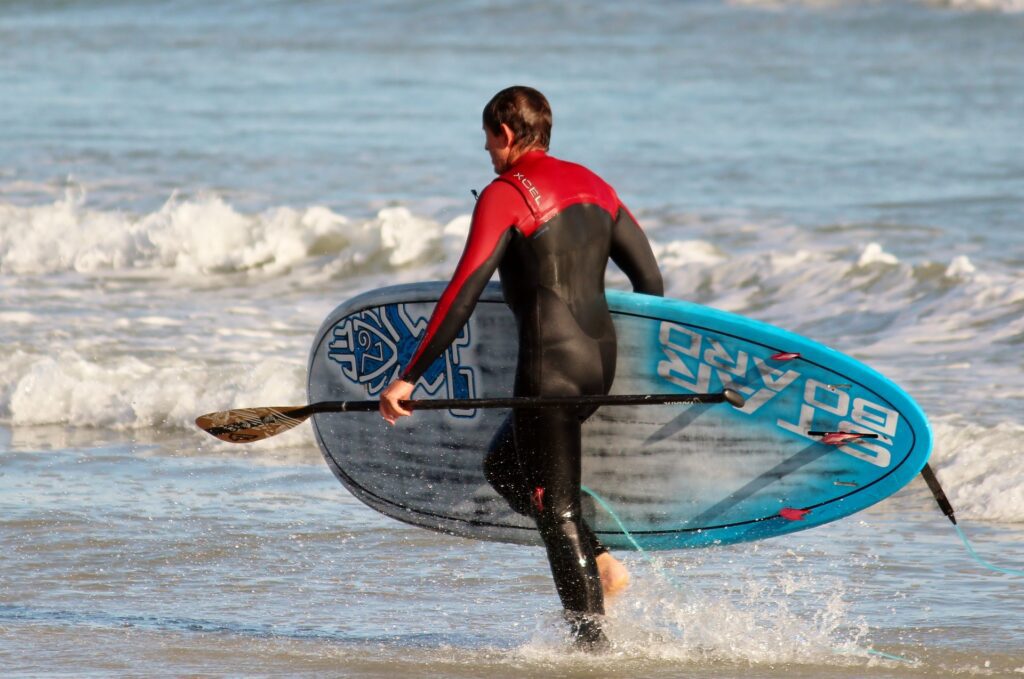
Other variables to consider
These are the basic guidelines for suit thickness depending on water temperature and activity. If you’re going on an excursion with a tour company or tour provider, they may offer specific recommendations based on their experience.
If you know you have a lower tolerance for cold than these charts suggest, you can always add additional thermal layers under a drysuit. You can also add a hood, hooded vest, booties, or gloves for extra warmth with a wetsuit.
